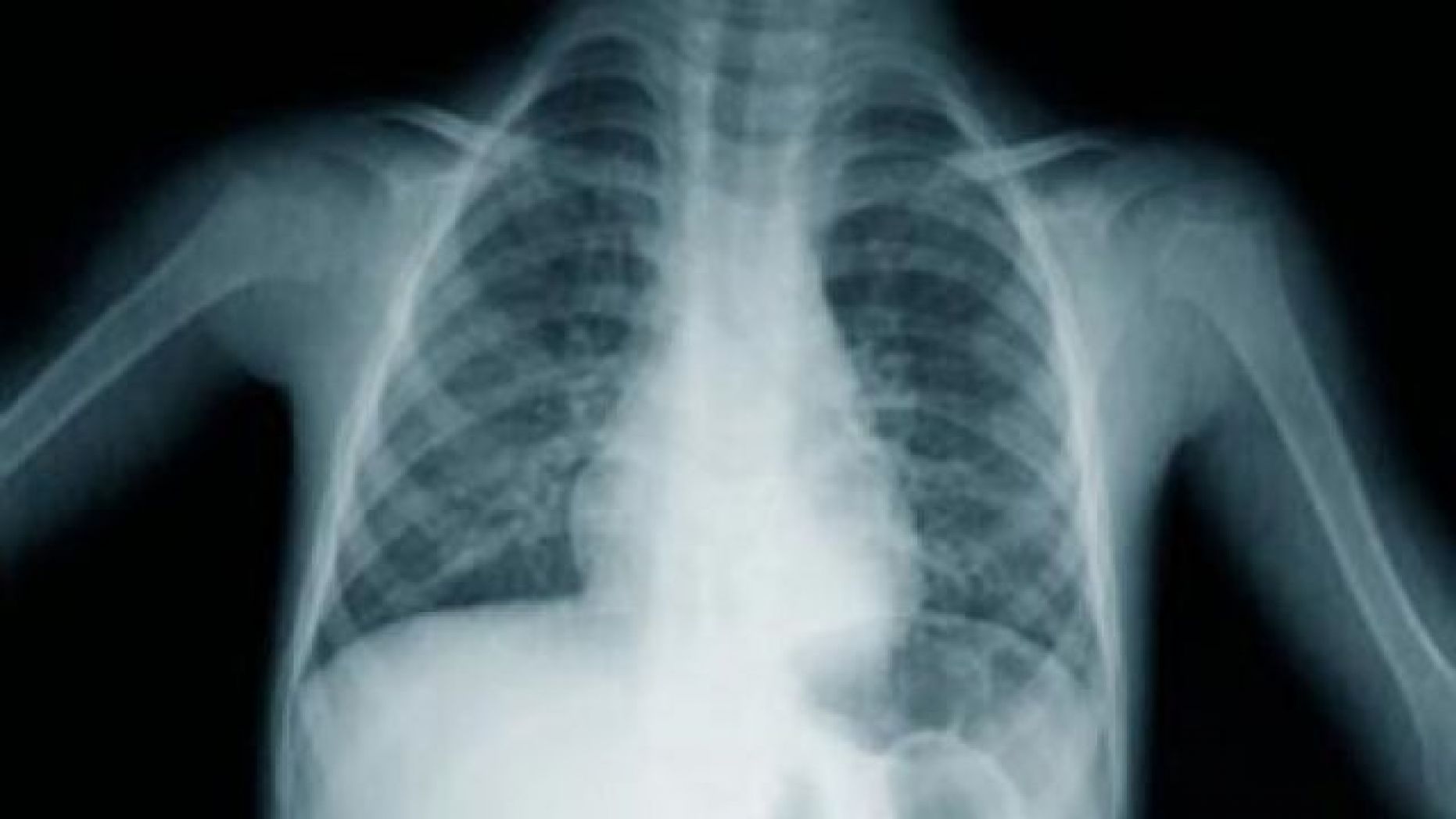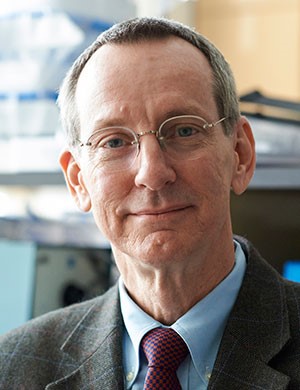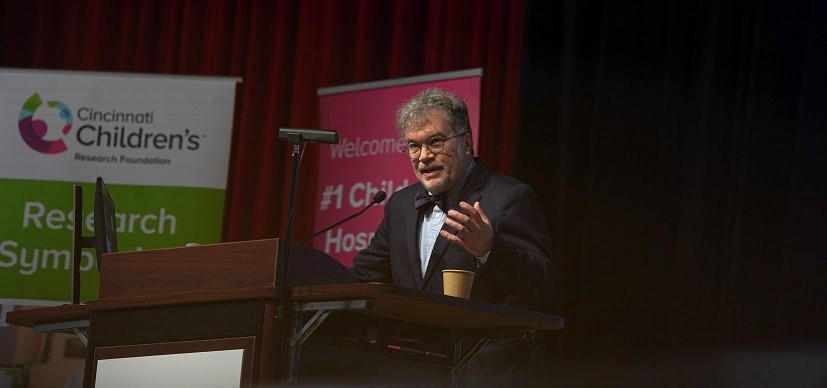Macrophage Transplantation Could Take Familial PAP Off the Map
Research By: Bruce Trapnell, MS, MD
Post Date: June 28, 2019 | Publish Date: January 2015

Top Research Achievements 2010-2015
Since 2010, scientists at Cincinnati Children’s have produced more than 7,000 peer-reviewed studies with far-reaching impact across pediatric medicine. From this impressive body of work, six advances stand out as Cincinnati Children’s premier scientific achievements of 2010-15.

Pulmonary alveolar preoteinosis (PAP) is a rare and brutal pulmonary disorder. People with this condition have lungs that cannot removed used surfactant, which gradually builds up in air sacs and erodes the ability to breathe. For years, the only way to relieve symptoms was to perform whole-lung lavage, a surgical procedure introduced in the 1960s that involves flushing as much as 50 liters of saline solution through each lung to clear away accumulated surfactant. However, the effects are temporary. While some patients can go long periods between lavages, others require treatment as often as every one to two months.
In 1999, a research team in Japan discovered that people with idiopathic PAP produce a neutralizing autoantibody against granulocyte-macrophage colony-stimulating factor (GM-CSF). This was important because GM-CSF is crucial for developing the fully mature macrophages needed to clear away used surfactant.
Bruce Trapnell, MS, MD, and colleagues at Cincinnati Children’s have dramatically advanced that early work. First, they proved that the antibody was not merely present, but was actually causing the disease; a finding that re-defined idiopathic PAP as an autoimmune disorder. This work led to a diagnostic test for autoimmune PAP currently provided as a clinical research test by Trapnell’s team at the Translational Pulmonary Science Center. It also supports their program to develop potentially beneficial alternatives to whole-lung lavage, including inhaled GM-CSF, plasmapheresis, and rituximab therapy.
That was just the beginning.
Trapnell and his colleague Takuji Suzuki, MD, PhD, also found that some children have a hereditary form of PAP (hPAP) that does not involve the antibody. Instead, these children had a genetic defect that prevents macrophages from receiving signals from GM-CSF. This finding launched an effort to develop what could be the first successful form of lung gene therapy.
In a breakthrough paper, published in October 2014 in Nature, and featured on a national news channel, Trapnell and colleagues reported achieving a major milestone. In mice, they successfully performed pulmonary macrophage transplantation (PMT) of both wild-type and Csf2rb-gene-corrected macrophages. Not only was the procedure safe and well-tolerated, the healthy macrophage cells proliferated in the lungs and began doing their job of clearing away the excess surfactant. One administration fully corrected the lung disease as well as the secondary systemic manifestations and restored disease-related biomarkers to normal.
Importantly, testing also found that the transplanted macrophages remain confined to the lungs and did not expand into the blood, bone marrow, or spleen. The ability to introduce gene-corrected macrophages in such a controlled fashion has implications that could go well beyond treating hPAP, including potential for treating a variety of serious lung infections.
In humans, Trapnell says transplants could be performed using the patient’s own cells, thus eliminating the need for immunosuppression. Delivery can be achieved via bronchoscopic instillation versus much riskier surgical procedures.
With so much potential, many eyes will be watching as Trapnell and colleagues work through the preclinical studies needed to prepare for human clinical trials.
(This article originally appeared in the 2015 Research Annual Report)
Research By







